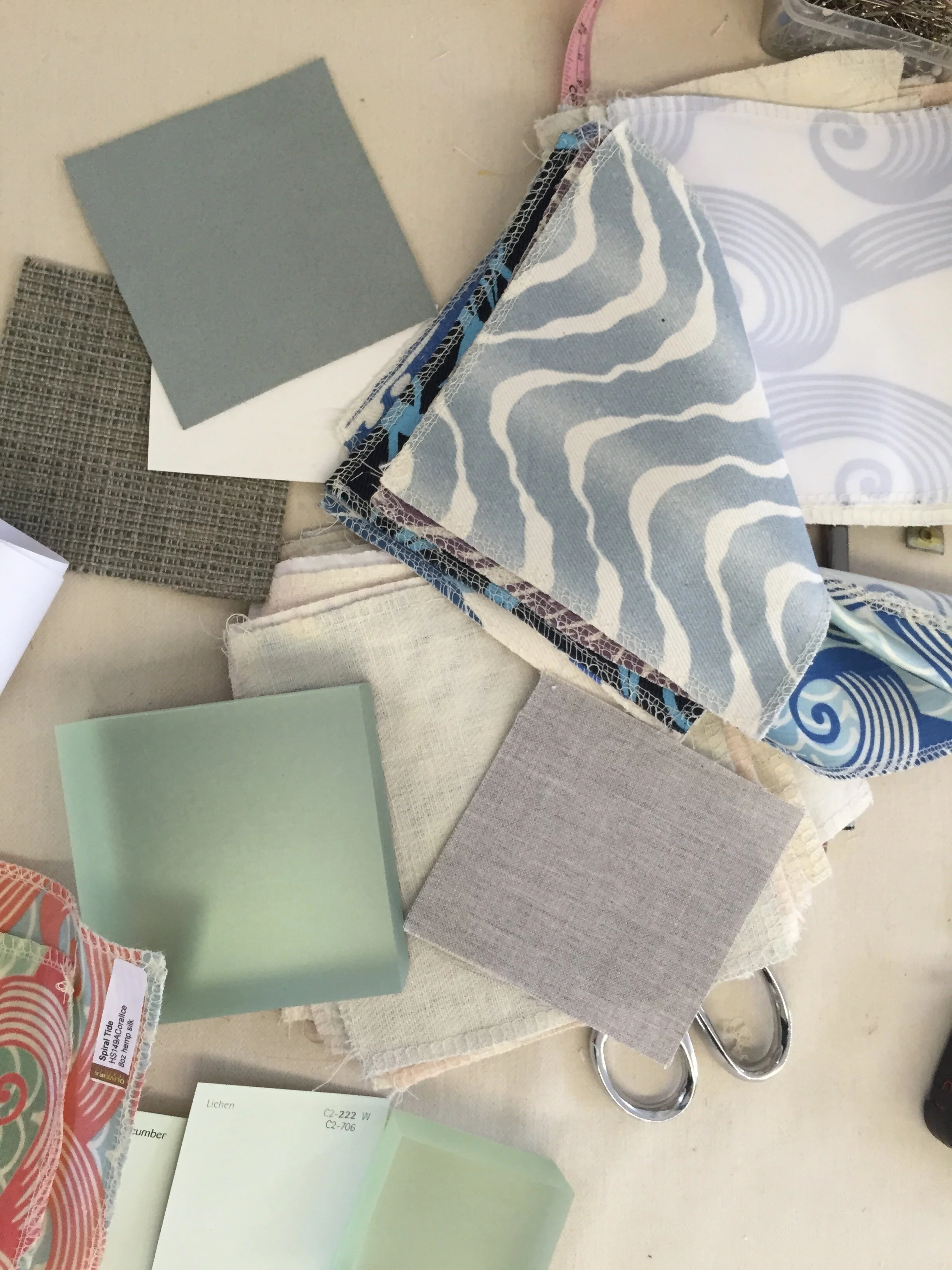Sustainability intro: Season 1 Episode 3
Katie and Dawn discuss what sustainability means overall and within their respective design fields, as well as why it matters.
Industrial hemp. (Photo courtesy of University of Kentucky College of Agriculture, Food & Environment.)
Dawn gets the conversation started with a general definition of sustainability from Our Common Future (known as the c. 1987 Brundtland Report commissioned by the United Nations) which defines sustainability as “Development that meets the needs of the present while not compromising the ability of future generations to meet their own needs.”
When Dawn launched her textile studio, she made sustainability the crux of her mission. For her, it’s personal. When members of her immediate family became ill, perhaps as a result of toxins in the environment, she set out to create a product that contributes to a healthy environment. Her textile designs are printed on eco-fibers, like hemp and organic cotton, using safe, non-toxic dyes. Though industrial hemp is not currently produced in the U.S., Dawn’s fabrics are printed locally, and her pillows are sewn locally.
A chimney, the lone survivor of a home that fell victim to rising tides.
Katie also shares a United Nations derived definition; this one pertains specifically to Sustainable architecture. It includes five principles of sustainable architecture and their definitions:
Healthful interior environment
Resource efficiency
Ecologically benign materials
Environmental form
Good design
Katie and Dawn further discuss why sustainability matters. Katie cites a pie chart (from the Global Alliance for Buildings and Construction, 2018 Global Status Report) in an Architecture 2030 document which depicts the Global CO2 Emissions by Sector. In it, Building Operations are responsible for 28% of the Global CO2 emissions, and Building Materials & Construction are responsible for 11%. Industry as a whole is shown to be responsible for 32% of global emissions. For the sake of discussion, Katie and Dawn consider that if the textile sector is responsible for say 11% of the Industry portion of the global emissions pie, then together the building and textile sectors could be responsible for 50% of global CO2 emissions. And this is looking at only one factor: global CO2 emissions. Katie and Dawn mention that there could be other pie charts that show the impact of the building and textile sectors on energy use, water use, waste production, etc.
Bird, man, construction and habitat overlap.
Since Dawn and Katie are merely introducing the topic of Sustainability in this episode, future episodes will explore the topic in greater detail. One future episode, for example, may delve into the myriad certification processes for sustainable textiles and buildings, and highlight those breaking ground. For the sake of this introductory episode, Katie mentions the Living Building Challenge from the International Living Future Institute as one worthy of our attention. Another future episode may focus specifically on sustainable materials in the textile and building sectors. Stay tuned.
Meanwhile, Dawn closes out this episode with a Native American proverb:









